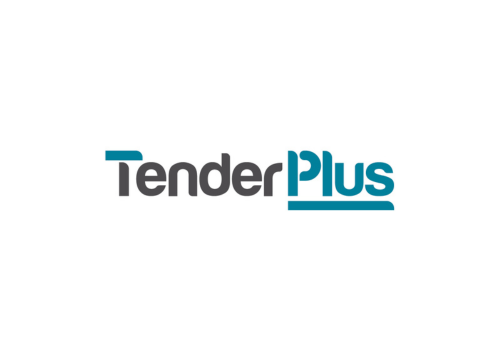
By Tender Plus Winning edge tender support
Opportunities and Risks of AI in Tendering
The integration of artificial intelligence (AI) into the tendering process presents both opportunities and risks that must be carefully managed. AI has the potential to significantly enhance the efficiency of tender writing by automating repetitive tasks, speeding up document drafting, and allowing organisations to quickly generate templates based on previous bids. This efficiency can be particularly valuable for businesses that manage a high volume of tenders. However, the application of AI in such a competitive environment also comes with potential downsides that require attention.
Key Risks: Accuracy and Relevance
A key risk associated with AI in the tendering process is the accuracy and relevance of the content it generates. AI systems are reliant on the data they are trained on, which means they may produce content that is out-of-date, incorrect, or biased. AI-generated content can sometimes be misleading or unreliable, which can harm the credibility of the tender submission. Additionally, AI models may carry biases embedded in the data they have been trained on, potentially leading to stereotyping or misrepresentation in the proposals, which is especially problematic in sectors requiring high levels of precision and client-specific solutions.
Limitations of AI in Customisation
AI’s limitations are further highlighted in its inability to replicate the persuasive, client-centric approach that is essential to successful tendering. While AI can assist in generating a first draft quickly, these drafts are often generic and lack the tailored, strategic input necessary to make a proposal stand out. Competitive tendering requires more than just meeting baseline criteria—it demands differentiation, creativity, and a deep understanding of the client’s unique needs. Without human intervention to refine and customise the content, AI-generated proposals may fall short in these areas.
Mitigating AI Risks in Tendering
Mitigating the risks of using AI in the tender process involves several critical steps. Firstly, it is essential to maintain strict quality assurance processes to ensure that AI-generated content is accurate and aligned with the latest tender requirements. This includes fact-checking all AI outputs and ensuring that they are relevant to the specific client and context of the bid. Secondly, human oversight is indispensable—AI should only be used to create preliminary drafts, and human experts should always be involved in editing, refining, and customising the proposals to enhance their persuasiveness and precision.
Balancing AI and Human Expertise
In conclusion, while AI can streamline tendering processes, its role should be carefully managed to avoid over-reliance. Human expertise remains essential for ensuring that tender submissions are not only efficient but also accurate, compelling, and competitive. By combining the speed of AI with human insight, organisations can harness the benefits of AI while mitigating its risks.
Need Expert Guidance on Tendering?
If you're looking to refine your tender submissions or need personalised advice on integrating AI into your process, Tender Plus offers tailored consulting services to help you stay competitive. Their team of experts can guide you through every step, from drafting to submission.
For more information, ask a Tender expert here.
